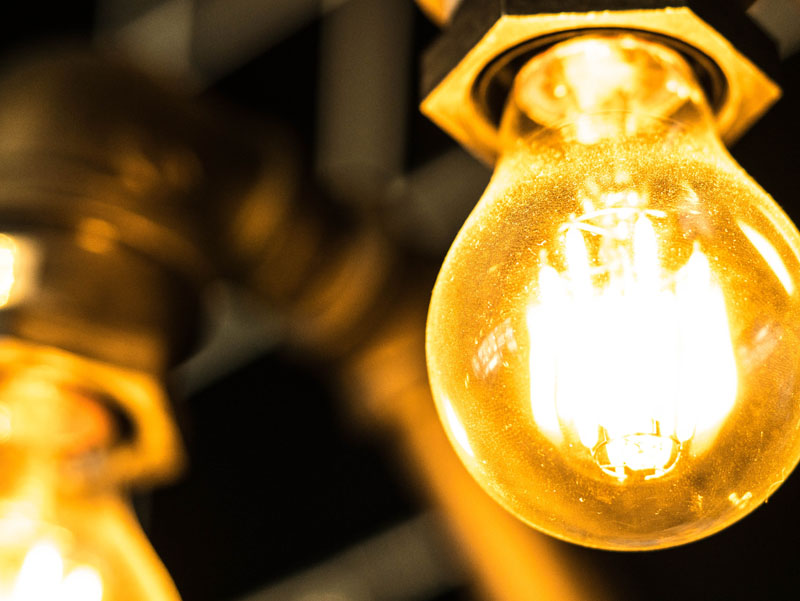ISO, Aperture, and Shutter Speed are the three primary elements of exposure in photography. When adjusting these settings, it can be confusing to know which one to adjust first.
The short answer is that it depends on the desired effect and the conditions of the shot. In this article, we will delve deeper into the topic of ISO vs Aperture and explore the pros and cons of adjusting each setting first.
We will also provide examples and answer some frequently asked questions to help you understand the relationship between these two settings and how to make informed decisions when adjusting them.
Introduction to ISO and Aperture:
ISO refers to the sensitivity of the camera’s image sensor to light.
A lower ISO value means that the sensor is less sensitive to light and a higher ISO value means that it is more sensitive. Aperture, on the other hand, refers to the size of the camera’s Aperture, which is the opening in the lens that allows light to pass through.
A larger Aperture allows more light to pass through and a smaller Aperture allows less light.
How ISO and Aperture affect exposure
Exposure refers to the amount of light that reaches the camera’s image sensor. In order to produce a properly exposed photograph, the right amount of light needs to reach the sensor. If too little light reaches the sensor, the image will be underexposed and appear too dark.
If too much light reaches the sensor, the image will be overexposed and appear too bright.
ISO and Aperture are two of the three primary elements of exposure, along with Shutter Speed.
Shutter Speed refers to the amount of time that the camera’s shutter is open, allowing light to reach the sensor. By adjusting the ISO, Aperture, and Shutter Speed, you can control the amount of light that reaches the sensor and achieve the desired exposure.
Pros and cons of adjusting ISO first
One option is to adjust the ISO first in order to get the correct exposure. Adjusting the ISO can be useful in situations where the lighting conditions are constantly changing or when you want to maintain a certain Aperture or Shutter Speed.
Pros of ISO first
One of the pros of adjusting the ISO first is that it can help to achieve the desired exposure more quickly.
For example, if you are shooting in a low light situation and need a faster Shutter Speed to freeze movement, you can increase the ISO to allow for a faster Shutter Speed without having to open the Aperture.
Cons of ISO first
However, there are also some cons to consider when adjusting the ISO first.
One of the main drawbacks is that increasing the ISO can result in image noise or grain. Image noise is an undesirable effect that appears as tiny specks or dots on the image and can reduce the overall quality of the photograph.
The higher the ISO, the more likely it is that image noise will be present in the photograph.
Pros and cons of adjusting Aperture first
Another option is to adjust the Aperture first in order to get the correct exposure.
Pros of Aperture first
Adjusting the Aperture can be useful in situations where you want to control the depth of field or the amount of light entering the camera.
One of the pros of adjusting the Aperture first is that it allows you to control the depth of field, which refers to the area of the image that appears in focus.
A larger Aperture (smaller f-stop number) results in a shallower depth of field, which can be useful for creating a blurry background effect. A smaller Aperture (larger f-stop number) results in a deeper depth of field, which can be useful for keeping more of the image in focus.
Another pro of adjusting the Aperture first is that it can allow you to control the amount of light entering the camera. By adjusting the Aperture, you can let in more or less light depending on the lighting conditions and your desired exposure.
Cons of Aperture first
However, there are also some cons to consider when adjusting the Aperture first.
One of the main drawbacks is that adjusting the Aperture may not always be sufficient to achieve the desired exposure, particularly in low light situations. In these cases, you may need to also adjust the ISO or Shutter Speed in order to achieve the correct exposure.
Examples of adjusting ISO and Aperture
To better understand how ISO and Aperture affect exposure, let’s look at some examples.
Example 1: Landscape
Suppose you are taking a photograph of a landscape at sunset. You want a shallow depth of field to blur the background and draw attention to the foreground. You set the Aperture to f/2.8 and the Shutter Speed to 1/60th of a second.
However, the image is still underexposed. In this case, you can increase the ISO to allow for a faster Shutter Speed or a larger Aperture, both of which will allow more light to reach the sensor.
Example 2: Fast Moving Subject
Now suppose you are taking a photograph of a fast-moving subject, such as a car racing down a track. You want to freeze the motion in the image, so you set the Shutter Speed to 1/1000th of a second.
However, the image is still underexposed. In this case, you can increase the ISO to allow for a faster Shutter Speed or a larger Aperture, both of which will allow more light to reach the sensor.
Setting ISO or Aperture first FAQ
Here are some frequently asked questions about setting ISO or Aperture first.
Is it better to use a low ISO or a high ISO?
It is generally best to use the lowest ISO possible in order to minimize image noise and maintain the highest image quality. However, in low light situations, you may need to increase the ISO in order to achieve the desired exposure.
Is it better to use a small Aperture or a large Aperture?
It depends on the desired effect. A small Aperture (large f-stop number) results in a deeper depth of field, which can be useful for keeping more of the image in focus.
A large Aperture (small f-stop number) results in a shallower depth of field, which can be useful for creating a blurry background effect.
Can I use a high ISO and a large Aperture at the same time?
Yes, you can use a high ISO and a large Aperture at the same time. However, keep in mind that increasing the ISO can result in image noise and that adjusting the Aperture affects the depth of field.
It is important to consider how these settings will affect the overall exposure and the desired effect of the photograph.
Conclusion
In conclusion, ISO and Aperture are two important elements of exposure in photography.
Whether you adjust the ISO or the Aperture first will depend on the desired effect and the lighting conditions of the shot.
By understanding how these settings affect exposure and the pros and cons of adjusting each one first, you can make informed decisions and achieve the desired results in your photographs.


